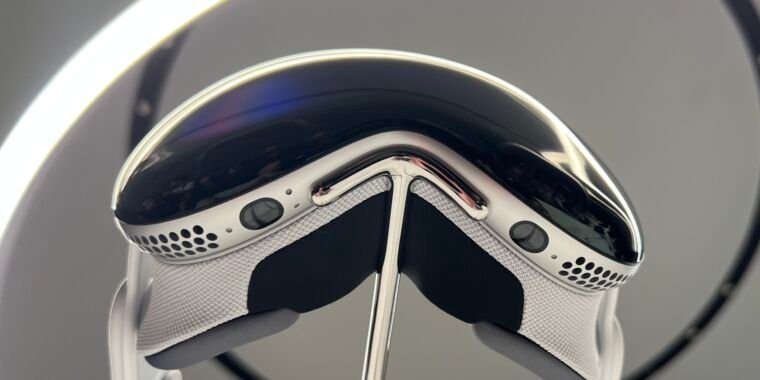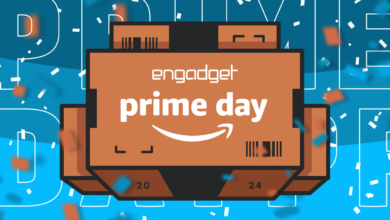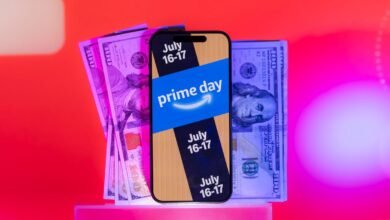New app releases for Apple Vision Pro have fallen dramatically since launch

Samuel Axon
Apple is struggling to attract fresh content for its innovative Vision Pro headset, with just a fraction of the apps available when compared with the number of developers created for the iPhone and iPad in their first few months.
The lack of a “killer app” to encourage customers to pay upwards of $3,500 for an unproven new product is seen as a problem for Apple, as the Vision Pro goes on sale in Europe on Friday.
Apple said recently that there were “more than 2,000” apps available for its “spatial computing” device, five months after it debuted in the US.
That compares with more than 20,000 iPad apps that had been created by mid-2010, a few months after the tablet first went on sale, and around 10,000 iPhone apps by the end of 2008, the year the App Store launched.
“The overall trajectory of the Vision Pro’s launch in February this year has been a lot slower than many hoped for,” said George Jijiashvili, analyst at market tracker Omdia.
“The reality is that most developers’ time and money will be dedicated to platforms with billions of users, rather than tens or hundreds of thousands.”
Apple believes the device will transform how millions work and play. The headset shifts between virtual reality, in which the wearer is immersed in a digital world, and a version of “augmented reality” that overlays images upon the real surroundings.
Omdia predicts that Apple will sell 350,000 Vision Pros this year. It forecasts an increase to 750,000 next year and 1.7 million in 2026, but the figures are far lower than the iPad, which sold almost 20 million units in its first year.
Estimates from IDC, a tech market researcher, suggest Apple shipped fewer than 100,000 units of Vision Pro in the first quarter, less than half what rival Meta sold of its Quest headsets.
Because of the device’s high price, Apple captured more than 50 percent of the total VR headset market by dollar value, IDC found, but analyst Francisco Jeronimo added: “The Vision Pro’s success, regardless of its price, will ultimately depend on the content available.”
Early data suggests that new content is arriving slowly. According to Appfigures, which tracks App Store listings, the number of new apps launched for the Vision Pro has fallen dramatically since January and February.
Nearly 300 of the top iPhone developers, whose apps are downloaded more than 10 million times a year—including Google, Meta, Tencent, Amazon, and Netflix—are yet to bring any of their software or services to Apple’s latest device.
Steve Lee, chief executive of AmazeVR, which offers immersive concert experiences, said that the recent launch of the device in China and elsewhere in Asia resulted in an uptick in downloads of his app. “However, it was about one-third of the initial launch in the United States.”
Lee remains confident that Vision Pro will eventually become a mainstream consumer product.
Wamsi Mohan, equity analyst at Bank of America, said the Vision Pro had “just not quite hit the imagination of the consumer.”
“This is one of the slower starts for a new Apple product category, just given the price point,” he said. “It seems management is emphasizing the success in enterprise a lot more.”
Nonetheless, some app developers are taking a leap of faith and launching on the Vision Pro. Some are betting that customers who can afford the pricey headset will be more likely to splurge on software, too.
Others are playing a longer game, hoping that establishing an early position on Apple’s newest platform will bring returns in the years to come.
Source link




